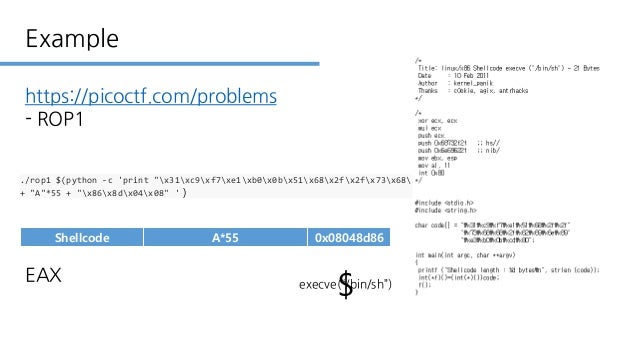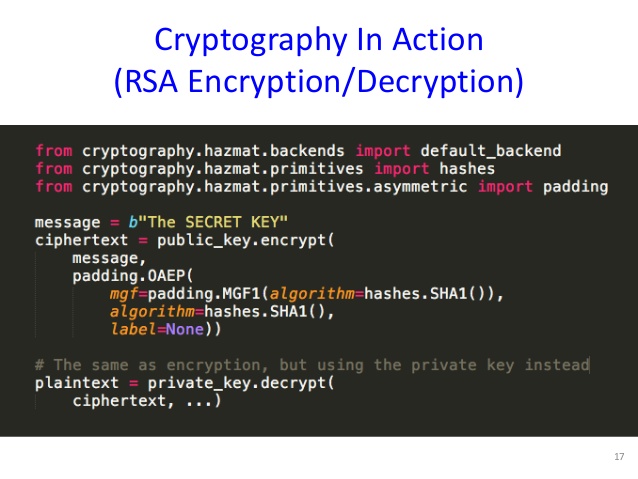

It looks mostly like garbage but maybe you can figure something out. He captured some traffic between crypto nerds Alice and Bob. Miller suspects that some of his students are cheating in an automated computer test. The first challenge I solved on 2015, hosted by FluxFingers, was Creative Cheating. At least in the first edition the link is to the 2nd edition which I don’t have.Write-up of 2015’s Creative Cheating challenge. I don’t know who first discovered this line of attack, but you can find it written up here. Regression, modular arithmetic, and PQC.Encrypting and decrypting m takes less than a second. Nearly all the time goes to finding the 2048-bit (617-digit) primes that go into the moduli. It returns a pair of numbers, the first being the solution we’re after, hence the after the call. Note that crt is the Chinese Remainder Theorem. Here we’ll work out a specific example using realistic RSA moduli. If you message m is simply the key without padding, then m³ is less than N, and so you can simply take the cube root of the encrypted message in the integers. Suppose you’re using a 2048-bit modulus N and exchanging a 256-bit key. This is an attack on “textbook” RSA because the weakness in this post could be avoiding by real-world precautions such as adding random padding to each message so that no two recipients are sent the exact same message.īy the way, a similar trick works even if you only have access to one encrypted message.

It follows that we can simply take the cube root in the integers and not the cube root in modular arithmetic. What makes this possible is knowing m is a positive integer less than each of the Ns, and that x < N 1 N 2 N 3. There is a unique x < N 1 N 2 N 3 such thatĪnd m is simply the cube root of x. Since the moduli are relatively prime, we can solve the three equations for m³ using the Chinese Remainder Theorem. We can assume each modulus N i is relatively prime to the others, otherwise we can recover the private keys using the method described here. Someone with access to c 1, c 2, and c 3 can recover the message m as follows.

Each recipient has a different modulus N i, and each will receive a different encrypted message Suppose the same message m is sent to three recipients and all three use exponent e = 3. Sometimes the exponent is exponent 3, which is subject to an attack we’ll describe below. As I noted in this post, RSA encryption is often carried out reusing exponents.


 0 kommentar(er)
0 kommentar(er)
